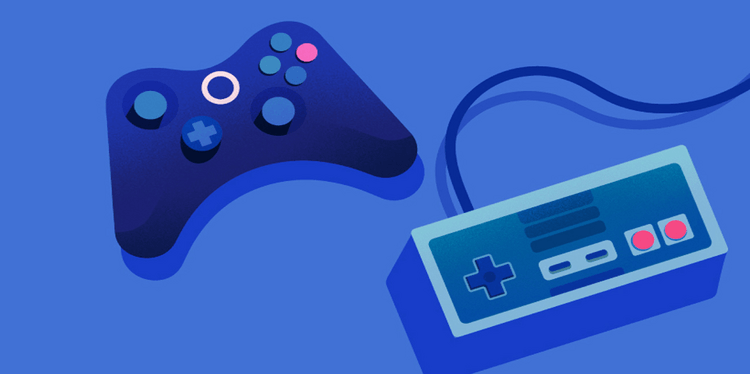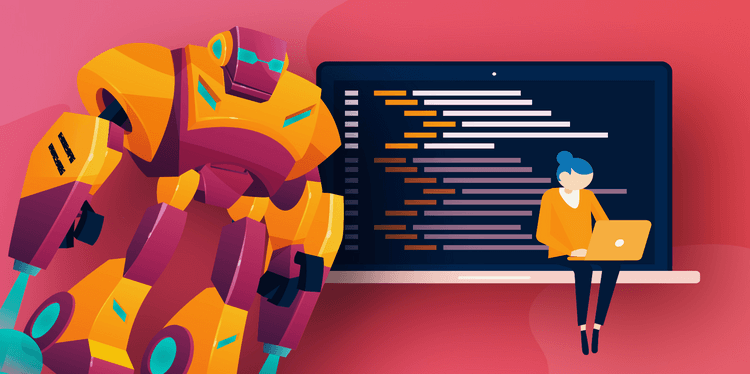Indie Game Development Process
The game’s development and longevity are determined by the game itself, the budget, and the number of players. A single game may take anything from one to two years to complete, whereas a AAA project can take anywhere from two to three years. This is, however, a rough estimate. After all, someone made the Resident Evil 3 remake in three years, while someone from the indie scene worked on the game Disco Elysium for over 11 years.

The phases of game creation vary as well, although they can all be boiled down to ten. Do you want to create a dream game but need help? Use the services of mobile game development outsourcing by Whimsy and you will not regret it. Let’s take a quick look at them.
- Conceptualization
In truth, this is a challenging step since it entails determining what the game will be, its genre, graphic style, location, heroes, who the project’s target audience is, and what platform the game will run on. After considering all of these factors, an idea emerges, which will guide all further phases of game creation. It also covers the technical aspects, such as which engine will be used and if a new one will be required, how much money will be needed, and how the game will be monetized. There’s a lot more. In addition, if there is one, the overall idea must be validated by the publisher.
- Design document
When the concept is verified, many studios generate a design document, which is similar to a developer’s bible, in which all concepts are recorded, starting with setting design and finishing with character design. It is continually altering during the development process and until the game is launched.
- Putting together the squad
Everything mentioned above is usually organized by a group of individuals rather than whole studios (unless of course we are talking about an indie studio of 3 people). A team is being formed to carry out all of the wild plans and concepts outlined in the design document. And that’s when the real fun starts. A chief game designer, or simply a project manager, is also hired to direct what should be done and how it should be done.
- Production planning
The newly created team sets out to find out how to put the ideas into action. From game designers, illustrators, screenwriters, and programmers to engineers, publishers, project managers, and other departments, a brainstorming session starts. To view the whole image, they pieced the puzzle together piece by piece.
- Set a budget
If this hasn’t occurred yet, the developer should surely kneel in front of the publisher and humbly reach out his hand, speaking a round number, at some point during this time. If it’s a AAA project, the costs may go into the millions, and they’ll continue to rise year after year. When the publisher accepts, the amount is instantly multiplied by two, since the second half of the budget is allocated to marketing, which will consume as much money as development.
- Designing a game
Production, the most challenging step, starts. The whole game is gathered during this time. Levels, design, characters, and sound have all been produced, and programming and voice acting are in the works. Blood, sweat, pixels, and thousands of lines of code, to put it simply.

- Putting the game to the test
QA professionals verify how the game operates, detect flaws, and solve issues throughout the testing process. They are often the ones who are in charge of all the grubby job of locating issues.
The game should be ready for an alpha or beta test after extensive testing. It doesn’t matter whether it’s open or closed. Some creators may take advantage of this situation by releasing the game into Early Access in order to discover new tools with which to make it.
- Launch preparations
Typically, during this point of the game’s development, it is exhibited to the public or the press. It might be the plot or gameplay trailers, or simply the first level, that prompts fans and hackers to scribble their thoughts on the Internet. Developers may have questions about what they’re doing and if everything is right in this situation.
- Get the ball rolling
Jason Schreier of Kotaku says this is his favorite part of the video game production process since it keeps him busy for years. When designing Max Payne 3, the creators referred to this as the “death march,” since everything that can be achieved and all that is feasible is being completed.
- After-sale assistance
The game’s final phase entails maintaining and releasing at least one day one patch. Other patches will be sawn after that. If this is a gaming service, fresh material will be developed for it on a regular basis. You may release DLC for it if it’s a story-driven game.
Finally, it should be noted that not all games are created equal, and this is a conditionally universal, if simplified, development approach. Furthermore, each game is unique and requires a unique strategy to development. That is why Resident Evil 3 Remake took three years while Disco Elysium took eleven years to produce.